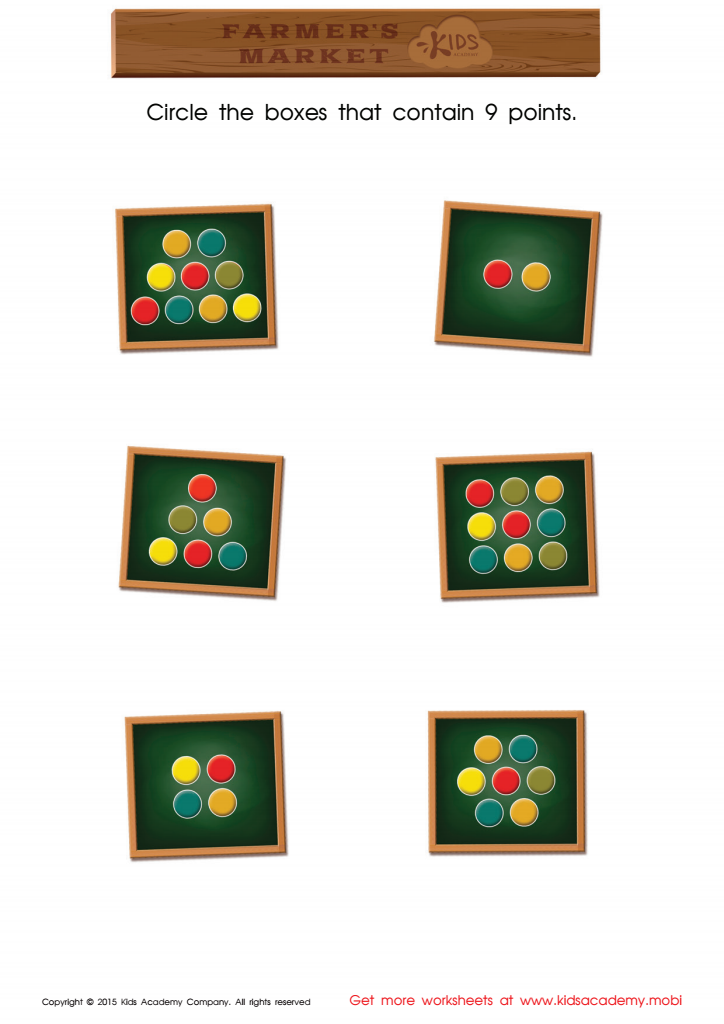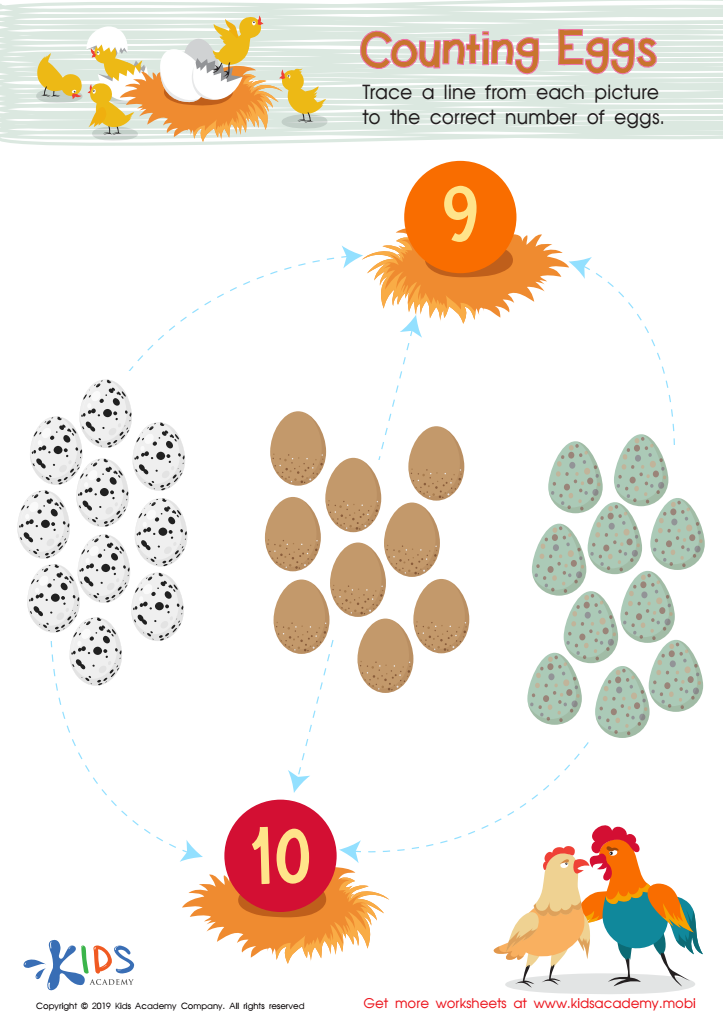-
English
-
English Pre-K
-
Unit 1: Early Literacy Skills
-
ABCs
- Pre-writing Activities
- Letter A
- Letter B
- Letter C
- Letter D
- Letter E
- Letter F
- Letter G
- Letter H
- Letter I
- Letter J
- Letter K
- Letter L
- Letter M
- Letter N
- Letter O
- Letter P
- Letter Q
- Letter R
- Letter S
- Letter T
- Letter U
- Letter V
- Letter W
- Letter X
- Letter Y
- Letter Z
-
Phonological Awareness
- Rhyming Words
- Letter Sounds B, C, D, and F
- Letter Sounds G, H, J, and K
- Letter Sounds L, M, N, and P
- Letter Sounds Q, R, S, and T
- Letter Sounds V, W, X, Y, and Z
- Letter Sounds A, E, and I
- Letter Sounds O and U
- Beginning Sounds
- Matching Letters to Sounds
-
ABCs
-
Unit 2: Vocabulary
-
Common Words
- Sorting Words into Categories
- Color Words
- Verbs and Adjectives
-
Sight Words
- Sight Words 'I' and 'Can'
- Sight Words 'You' and 'Like'
-
Common Words
-
Unit 3: Print Awareness
-
Parts of a Book
- Working with a Book
- Spaces Between Words
- Text and Illustrations
-
Picture Books and Poems
- Picture Book Text Features
- Poem Text Features
- Signs and Labels in the Community
-
Parts of a Book
-
Unit 4: Reading Literature
- Questions About Stories
- Discussing Stories
-
Unit 5: Reading Informational Texts
- Retelling Details in a Text
- Questions About a Text
- Connections Between Events
- Text Features
- Describing Illustrations
-
Unit 1: Early Literacy Skills
-
English Pre-K
-
Math
-
Math for Pre-Kindergarten
-
Logic and Geometry
-
Matching and Sorting
- Same and Different
- Which One Is a Little Different?
- Objects That Go Together
- Sorting by Color and Size
- Sorting The Same Group in Different Ways
- Patterns
-
Shapes
- Shapes in Our Environment
- Naming Shapes Regardless of Size
- Making Shapes in Preschool
- Comparing Shapes
- Relative Positions
- Sorting Shapes
-
Matching and Sorting
-
Early Number Sense
-
Numbers 1–5
- Counting to 3
- Counting to 5
- Arranging Objects up to 3 Objects
- Arranging up to 5 Objects
- Writing Numbers 1–5
-
Numbers 1–5
-
Numbers up to 10
- Counting to 10
- Arranging up to 10 Objects
- Number 0
- Writing Numbers 6–10
- Breaking Down Numbers 6-10
-
Logic and Geometry
-
Math for Pre-Kindergarten
Arranging up to 10 Objects
Correspondence Between Numbers and Quantities
Children need to be able to know their numbers—but numbers are just symbols for quantities. They also must gain understanding of which number symbol represents a certain number of objects. Think about dice. Once you got used to using a dice to play a game, it was very easy to equate the number with the amount of dots on each roll. It comes almost naturally with numbers 1-6. There are ways to make this come naturally all the way to 10 and beyond, too. Using flashcards with dots that look like dice, but have 7-12 dots on each side can begin to do that.
Kids gain understanding of number through the concrete example of board games—this many dots = this many jumps forward. Use games to your advantage when reinforcing this important mathematical concept with your preschooler. When kids begin to become more fluent with the number/symbol concept, then you can begin using some resources from Kids Academy to enhance your practice sessions.
There are plenty of counting resources to choose from—just like ordering from a menu—so you can tailor the practice you do to your child’s specific needs. The worksheet above ask the child to count through all the colorful circles to determine which choices have 9 pieces. You could then ask the child to continue identifying the number of circles on each piece. Using numbers 6 and up is especially beneficial with illustrations or physical objects because many children struggle when they run out of fingers on one hand to keep counting up. Using objects instead of fingers means there can be no pause after 5 to lose themselves in and fluency can develop more easily.
Arranging Groups with a Certain Number of Objects
Being sure to “turnaround the skill” after is starts becoming easy for your child will help with further developing an understanding of the composition of numbers. Counting pictures and objects to identify the right symbol is one way to practice. Another way to extend the learning is to give a child a number symbol and have them draw objects from a large pile in order to show the amount that the symbol represents.
Similarly, the child can work on pointing to a number or tracing a number to show the amount they have counted. Model for them by having them watch you do it twice, then trying it themselves. Relating counting to the ultimate life skill of money is also important. The Six Pennies resource below asks children to count life like coins. The natural extension activity for that would be to raid your own pocket and have them use physical coins. If they count them right—maybe they get to keep the money!
Use the colorful Counting Eggs worksheet to practice matching groups of 9 an 10 to the correct numbers.




